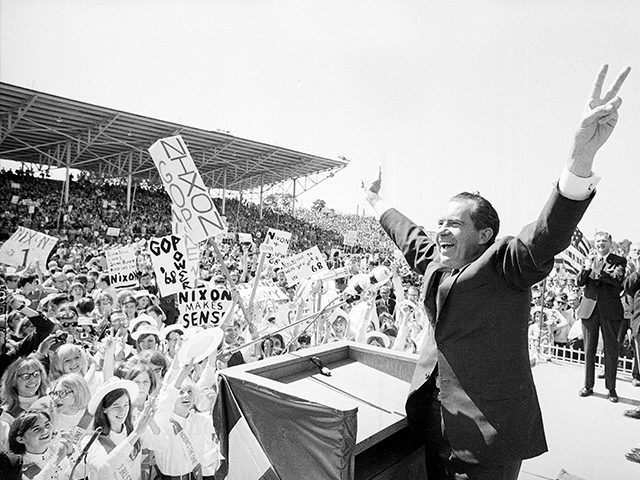The Department of Labor said that there were just 187,000 new claims for unemployment benefits last week, the lowest level since September 1969. Since unemployment claims are a proxy for layoffs, this suggests that fewer people were thrown off the job last week than any time since Richard Nixon’s first year in the White House.
This actually understates just how tight the U.S. labor market is right now. Back in 1969, the total U.S. workforce was around half the size it is today, and the inflation-adjusted size of the economy was about one-quarter of what it is today. So those 182,000 unfortunates who went on the dole back in the first week of September 1969 were a bigger part of the workforce than this year’s 187,000.
Economists are constantly telling us that jobless claims can be volatile from week to week, so it is better to look at the four-week moving average of claims. This fell to 211,750 from 223,250. And while we are sure President Joe Biden will eagerly claim credit for this very low level of unemployment, it should not be forgotten that we were very close to these levels of new claims back before the pandemic struck. The four-week average for the week that ended on March 7, 2020 was 215,250.
So what we are seeing now is a return to what had been a very low level of layoffs throughout the first three years of Donald Trump’s administration. In 2022, however, there’s an added twist: the explosion of inflation that has sent prices racing at a four-decade high pace. This means that employers seeking to expand their payrolls will not only encounter a fully-employed workforce of workers who must be wooed away from competitors, but also a workforce of workers who are experiencing a surge in their cost of living. Where pre-pandemic workers might have enjoyed more negotiating power than just a few years before because of low levels of unemployment, they weren’t necessarily motivated to push wages higher because prices weren’t rising. Now anyone driving past a gas station has all the motivation they need to push for higher pay.
The JOLTS data indicated that quitting and hiring is up. The best interpretation of that is that workers are increasingly quitting one job for a better paid job. That puts upward pressure on the wages at both employers. The company that loses the worker often finds it needs to bid up wages to fill the vacancy and prevent more defections. The workers at the place where the new worker got a job at the higher wage could also pressure their boss for bigger paychecks.
Employers will seek to pass on the costs of higher wages to customers, of course. Which means that we are likely still in the early stages of this inflationary surge.

COMMENTS
Please let us know if you're having issues with commenting.